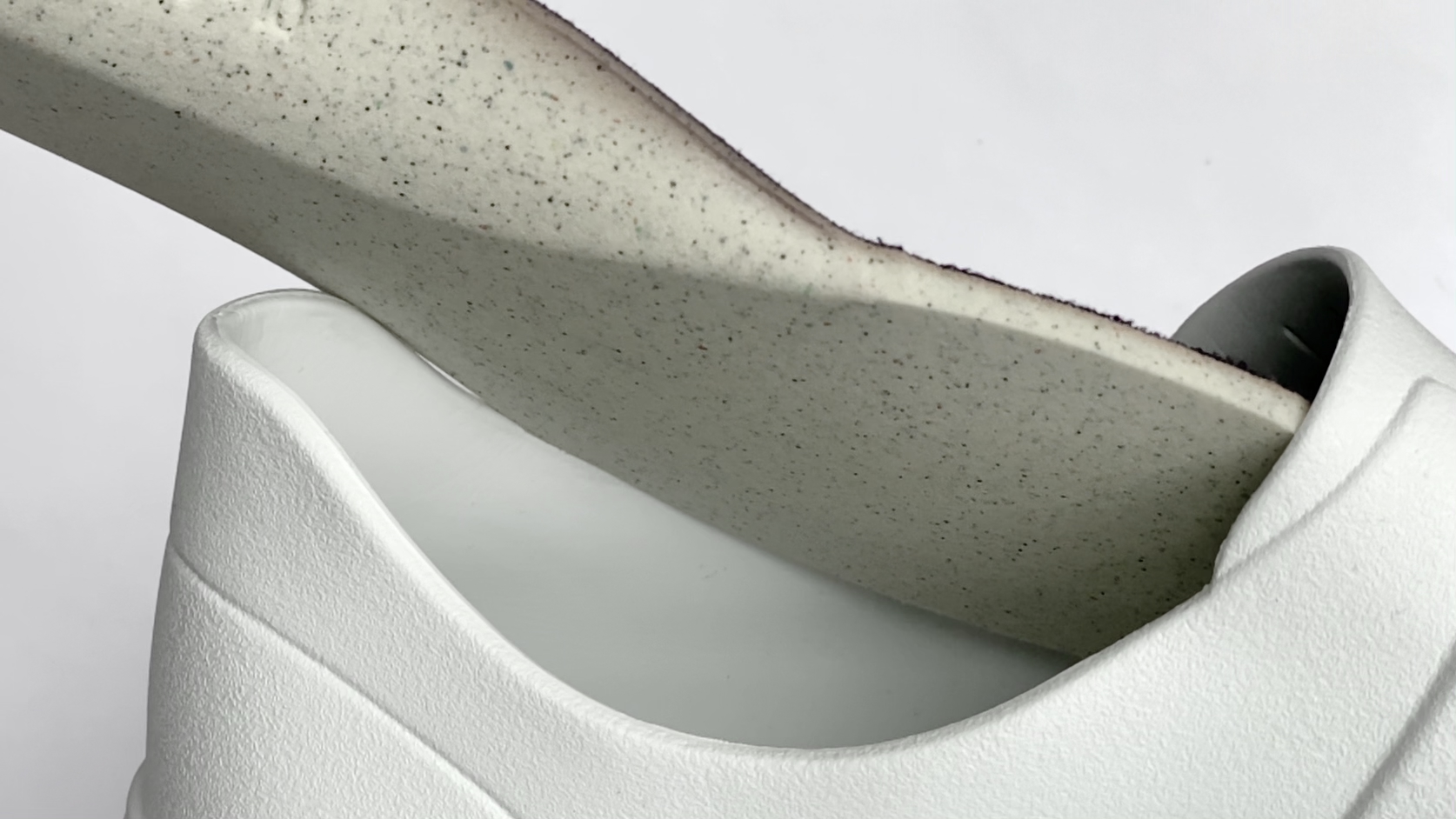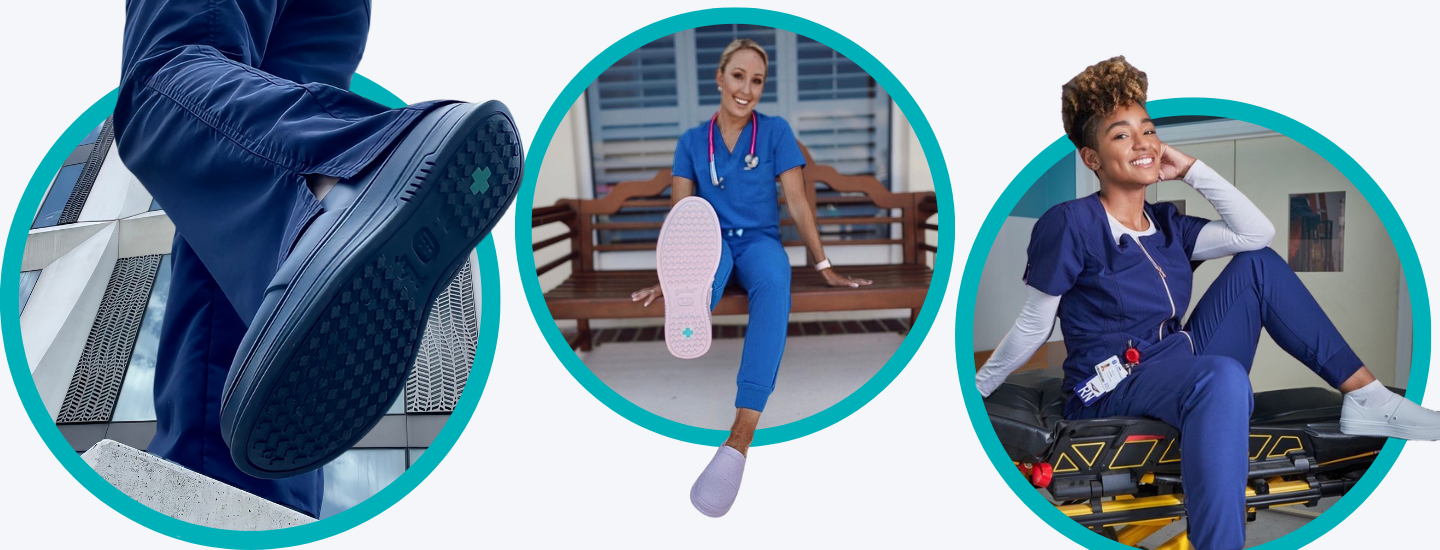
The Science Behind our Antimicrobial Shoes
In the ever-evolving world of materials and technology, two names stand out in the field of antimicrobial innovation: XL Extralight and Aegis. Both have ushered in a new era of products, ensuring increased protection against microbes, enhanced user safety, and extended product lifespan. This article delves into the science behind these cutting-edge technologies to understand their mode of operation and benefits.
1. What is Antimicrobial Technology?
Before we delve into the specifics, it's essential to understand what antimicrobial technology is. Essentially, antimicrobial materials prevent the growth of bacteria, fungi, and other microorganisms. This ensures that products remain more hygienic, require less frequent cleaning, and have a longer functional life.
2. Antimicrobial XL Extralight: Lightness Meets Protection
XL Extralight® is renowned for its lightweight, flexible, and durable properties. Infusing this material with antimicrobial agents elevates its functionality to a whole new level.
- How it Works: On a microscopic level, antimicrobial agents disrupt the growth and reproduction of harmful microbes. When incorporated into the XL Extralight material, these agents ensure the material's surface remains largely free of microorganisms.
- Benefits: The result is a material that's not only incredibly light and comfortable but also resistant to microbial contamination. This technology finds its applications in footwear, orthopedic solutions, aquatic equipment, and much more, providing users with both comfort and safety.
3. Aegis: The Shield Against Microbes
Aegis Microbe Shield is a revolutionary technology known for its long-lasting protection against bacteria, mold, and fungi.
- How it Works: Aegis technology operates on a mechanical level. Instead of releasing chemicals that kill bacteria (which can lead to resistance), the surface of Aegis-treated materials punctures and electrocutes microbial cell membranes. This mechanism of action ensures that microbes cannot develop resistance against it, maintaining the material's efficacy over time.
- Benefits: Aegis-treated materials don’t only protect against microorganisms. They also ensure products remain odor-free, stain-free, and have an extended life. Commonly, this technology finds its applications in textiles, medical devices, and consumer goods.
4. Why is Antimicrobial Technology Important?
In a world increasingly concerned with hygiene, antimicrobial materials offer peace of mind. They reduce the risk of microbial contamination, ensuring products remain safe for longer. For industries like healthcare, where hygiene is paramount, these innovations are a game-changer.
Moreover, antimicrobial materials help in:
- Reducing Odors: Microbes are often responsible for unwanted odors in products. By reducing their presence, products stay fresher for longer.
- Enhancing Product Life: Microbial growth can degrade materials over time. Antimicrobial protection ensures products last longer, offering better value for money.
- Promoting a Healthier Environment: By inhibiting the growth of harmful microbes, these materials contribute to creating a healthier environment for users.
Antimicrobial XL Extralight and Aegis technologies represent the future of material science, ensuring that products aren't just functional, but also safer and more durable. As consumers become more conscious about hygiene and longevity, these innovations serve as a testament to how science can shape our world for the better.
TAGS:
SHARE:
